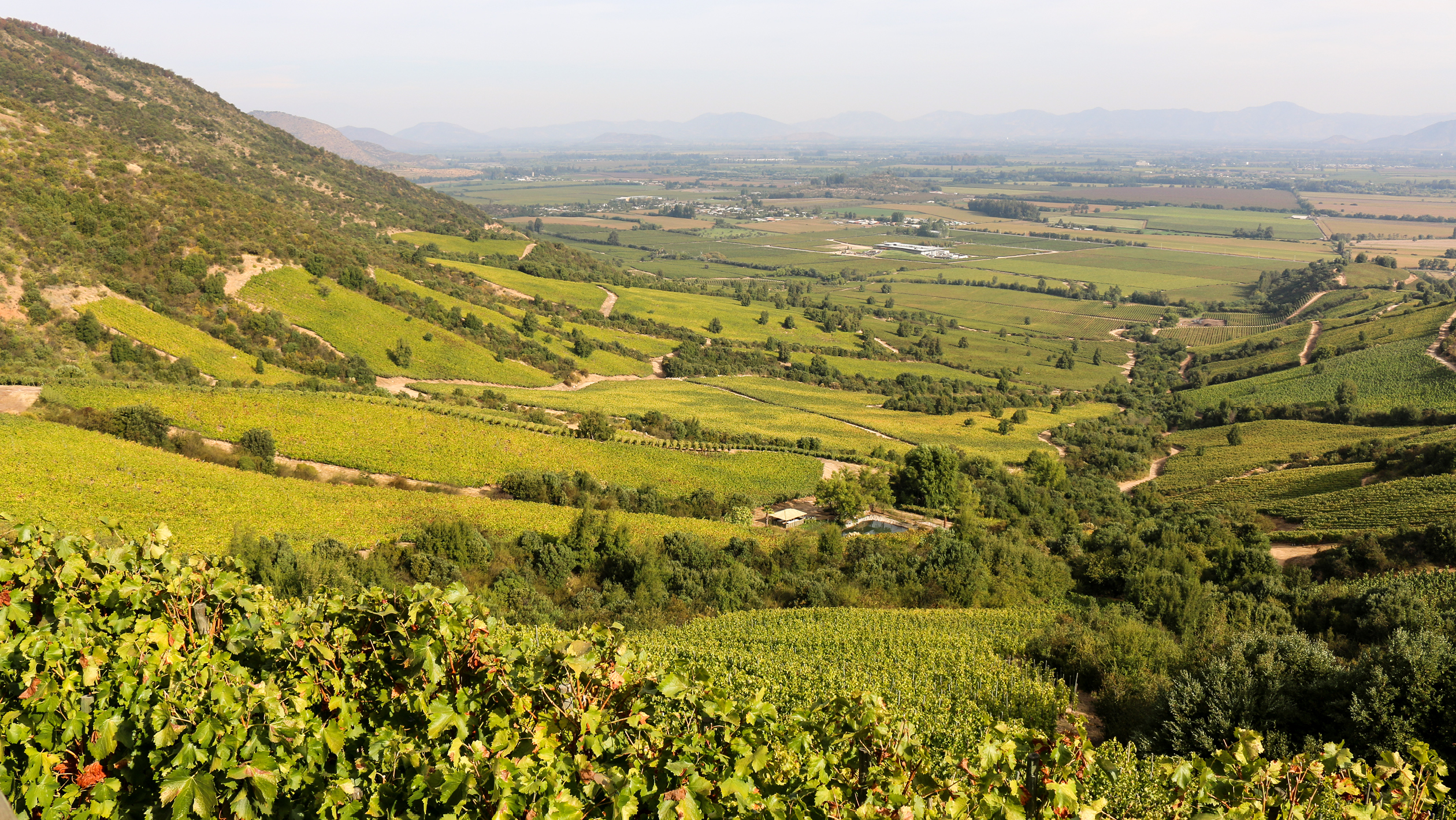Reviving ancient techniques, Chilean winemakers in central valleys combat weather insecurities such as water scarcity and climate change.
They manage the decade-long drought in Colchagua and Cachapoal by harvesting at night, using horse manure, and reviving old methods.
A communications chief at Conosur says they are returning to previous practices but on a larger, systematic scale.
Conosur is a subsidiary of Concha y Toro, Latin America’s largest producer.
The last March harvest, ending the southern summer, was notably warm in the Mediterranean climate region, benefiting red wine production.

Rising temperatures in Chile could alter the wine’s color, acidity, and alcohol content. The region represents 32% of Chile’s grape-planted hectares.
Producers are migrating to colder regions like Chiloé and Patagonia due to high temperatures. Montes Winery planted its first experimental vineyard in Chiloé.
Regenerative Agriculture
Viña Montes in Apalta Valley grows vines under vegetal cover, reducing soil erosion and compaction and promoting natural pest-fighting organisms.
Rodrigo Barría, agricultural manager of Viña Montes, explains that the spongier soil retains more winter water and lowers summer temperature and evaporation.
The shorter vines growing among the weeds reduce water consumption by 15%, yielding smaller, better-quality grapes.
Geese and Sheep Among Vines
La Playa vineyard in Peralillo uses compost made from horse and cow manure and hotel organic waste.
Sheep grazing the fields keep weeds at bay, saving on herbicides and improving wine quality.
Pamela Aviléz, enology manager of the vineyard, says well-integrated soil full of organic matter and active microorganisms produces better fruit.
The vineyard allocates 1% of sales to rehabilitate the Pichilemu resort’s coast.
Conosur Vineyard in Chimbarongo uses photovoltaic plant-powered pumps, reducing energy use by 38%.
The vineyard uses geese for weed control and builds biological corridors with native greenhouse-cultivated species, helping contain frequent forest fires.
Sustainable Architecture
Vik Vineyard in Millahue manually harvests at night, ensuring higher fruit quality and lower energy consumption.
The vineyard makes its barrels and amphoras with surrounding forest oaks and on-site collected clay.
Vik developed sustainable architecture with a water roof that naturally cools barrels and the winery, integrated into an exclusive art gallery hotel.
Cristián Vallejo, the chief oenologist at Vik, says the enology makes the romantic wine-making process circular, as everything comes from and returns to nature.
Vik’s main market is Brazil.
With information from AFP

